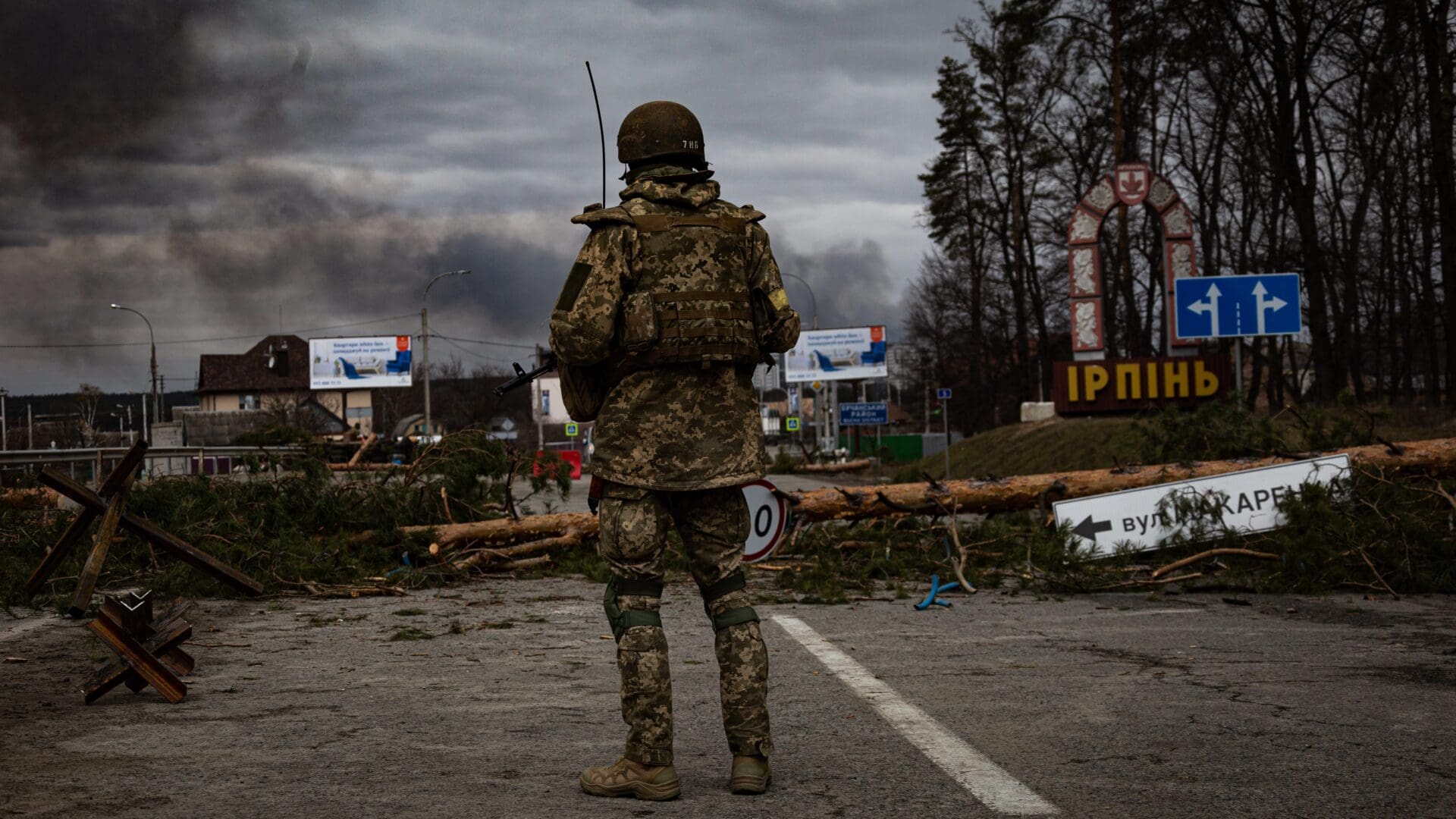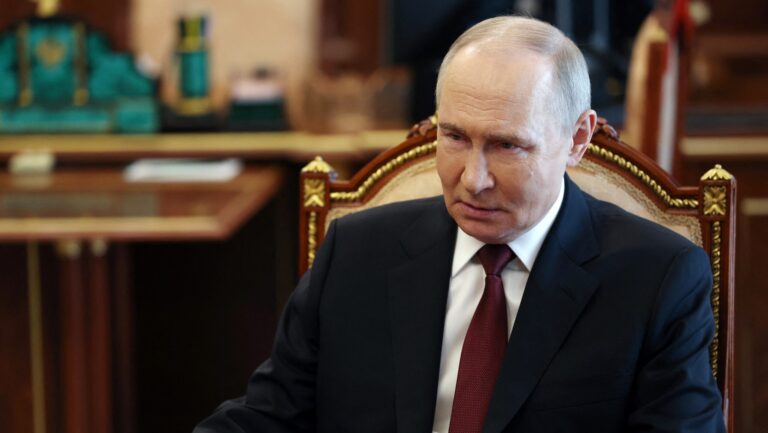Ukrainian official sources have been talking about a forthcoming counteroffensive for quite some time now. Everyone thought that it would be an attack launched towards Kherson after intensive preparation, but following the manoeuvre that was slowed down relatively quickly and then completely stopped, serious doubts arose regarding the capability of the Ukrainian forces, now mostly trained and equipped in the West.
However, the Russian military leadership was also aware of the weakness of the positions in the Kherson area of the southern Ukrainian battlefield. Therefore, after the territory fell into Russian hands, a deep defence consisting of several protection zones was created there. This is the type of defence that, in the absence of significant artillery advantage, is almost impregnable.
In contrast to the southern battlefield, only weaker reserve forces were stationed in the fluctuating front of northern areas around Kharkiv.
Thus, with the attack launched there, the surprise of the Ukrainian offensive became full, as it was made on the weakest formations consisting of reservist militiamen of the People’s Republic, using the method also used in the southern area, and often from several directions. Some of the militiamen ran away almost without putting up any resistance, and only a few units resisted, such as the battalion recruited from the special police units (!) which held part of the city of Balakliya, attacked from several sides, for a long time.
The power of surprise is well characterized by the fact that the weak Russian forces evacuated the western part of Kupyansk and withdrew to the opposite shore of the Orlik River. In fact, according to reports, the same fate befell the city of Izyum, which resulted in the evacuation of two dozen villages.
One of the contributing causes to the surprise was that the Ukrainians mixed the technique received from the West with an ancient Eastern battle tactic, in a way never seen in Europe before.
The swarming light forces attack defenders from multiple directions
The method proposed by American military expert John Arquilla essentially copies the tactics of the horseman-nomads of the Eastern steppes. The swarming light forces attack defenders from multiple directions. In case of greater resistance, taking advantage of their mobility, they withdraw, regroup, and then by bypassing stronger points they threaten the supply and communication lines of their adversaries.
According to videos published on the Internet, these forces, using battle tactics similar to those of the Islamic State, move in formations of five to ten vehicles instead of vulnerable larger convoys.
Beside the Polish T-72 variants, the formations include the obsolete M113 Armoured Personnel Carriers, which, although having weak armour protection, are outstandingly mobile, a feature that can be maximised in this battle tactic.
According to news reports equipment commonly used in the Middle East and in Africa, that is, four-wheel drive vehicles mounting a machine gun, also appeared in these groups. These technicals offer the utmost combination of firepower and mobility at the expense of protection—and this, at the same time, points out the shortcomings of the method.
Although these simple units can be used effectively against less mobile or weak and low-morale enemies, less so against organised defensive formations.
One of the reasons for the Ukrainian success has been that they were able to attack the weakest formations again, surprising the reckless Russian military leadership, which had completely neglected the defence of the northern sector. A friend of mine drew my attention to the fact that in light of the fatalist perception typical of Russian culture (‘everything will be all right anyway!’), this was not an isolated incident.
This operation clearly shows the beauties and difficulties of our profession. I was convinced, and that is why I wrote it down on several platforms, that today it is no longer possible to achieve operational surprise with ground troops: now I see I was wrong. The vojenkors, the Russian equivalents of ‘milbloggers’, had predicted that there was trouble ahead. Several channels had been writing for weeks about Ukrainian reinforcements arriving at the north before the counteroffensive, and that the Russian forces stationed there were insufficient.
All the same, there are many apologists of the Russian leadership who interpret the situation as a trap. Especially as the final goal of the operation cannot be seen yet. It would have been logical if the diversionary attacks had been launched first, perhaps followed by the secondary direction and, lastly, by the main attack—or if the latter two had started simultaneously to deceive the enemy. Although Ukrainian official sources subsequently claimed that Kherson was just a distraction, it seems more likely that so many new units were available to the Ukrainian forces that they were able to focus on several areas.
This is confirmed by the above statements made by the vojenkors, as well as the distance between the two battlefields, because it is impossible to transfer so many troops from the south to the north in such a short time.
This let-the-chips-fall-where-they-may attitude has been a part of Russian military thinking operating with large masses for a good while. Of the extended holy trinity of military strategy (space, time, power and the information that connects them), Russian military thinking has typically focused on power and space, as well as on time related to space. They knew exactly that because of the vast distances, power could only be interpreted in terms of distance and the time required to cover it.
According to historical experience, if the Russian formations plant their feet somewhere, they stay there for a long time, even though in the course of military history they were often at a disadvantage due to the continuous lack of proper reconnaissance. The battle of Eylau against Napoleon in February 1807 is an excellent example of this. In that battle, the Russians, despite being attacked from several sides and suffering significant losses, remained in their places even in the raging storm and even Napoleon’s military genius could not prevail in the heavy snowfall.
The Russians gave up space in order to buy time
But coming back to the Kharkov counterattack: in my opinion, the withdrawal to Izyum and Kupyansk can be interpreted in the same way. The Russians gave up space in order to buy time. And they also need this because, as I wrote in one of my first articles on the war, the Russian personnel deployed so far is simply not enough for such a large area.
For territory can only be held with troops on the ground. More than eighty years ago, nearly one million German and Romanian soldiers had set out to occupy this area.
In spite of the complete lack of air support and minimal artillery fire, these are significant Ukrainian successes. This is also indicated by the fact that there are several videos on the Internet about the delivery of paratroopers to the site by Mil Mi-26 Halo heavy transport helicopters. Besides, the degree of success is also well characterised by the fact that, typically, there have been increased attacks against the milbloggers by the Russian leadership, accusing them of a lack of patriotism and bias.
Since the Ukrainian leadership and the Western sources supporting them report on the events with a delay of two or three days, practically the only open and somewhat reliable source has been the accounts of the vojenkors—a video showing the arrival of the antiaircraft and the artillery units was uploaded to one of these channels. A new sign has appeared on the vehicles, a circle drawn in an upside-down triangle. Probably these were the formations of the 3rd army corps, a type of Russian superior unit assembled for the autumn attack, which has not been used in Soviet/Russian formations for a long time.
The real question, however, is what happens next. It seems that learning from its previous mistake, the Russian leadership decided to give up the indefensible areas.
Currently, they are trying to create a new defence line behind the Oskol and the Seversky Donets River. Since the recently occupied Pisky was also attacked, it looks like the Ukrainians are attempting a full-court press mode. According to the news, the significant territorial gains were accompanied by significant bloodshed as well; several thousand Ukrainians have been killed.
Entering Russian territory would result in immediate massive retaliation
However, it is uncertain in which direction the attackers will level up their success. The smaller, weaker forces can be pushed back by cutting off their supplies, but just like the light cavalry of the steppes could not cope with the fortresses, the agile units with technicals avoided the cities in the same way. What could be the operational objective of the attack? Will the Ukrainians turn south and relieve their besieged forces in the Donbass region? Or will they pass on to the east and reach the Russian border? And where will they go from there? Entering Russian territory would result in immediate massive retaliation.
There are several tools that we have not seen used before: medium and heavy bombers, mass attacks against the civilian population and the crucial infrastructure, or powerful cyberattacks, but weapons of mass destruction might be included as well.
One thing is certain: the Ukrainians surprised the Russians with their attack. This unexpected success upset the schedule of the Russian offensive expected this autumn. But what the further consequences of the attack will be will only be decided in the next few weeks.
Click here to read the original article








